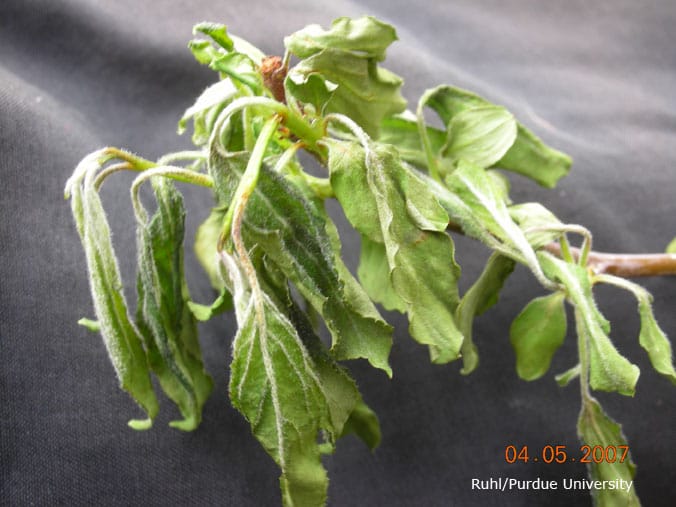Source(s): Danny C. Flanders, Garden Writer, The Atlanta Journal-Constitution
Cold weather causes freeze-damaged plants in Georgia gardens and landscapes. Tips for cold-damaged plants offered by Bob Westerfield, a University of Georgia Cooperative
Extension horticulturist and Walter Reeves, host of the WSB-AM’s “Lawn and Garden Show” include:
- Tomatoes, tender ornamental annuals: Plants that are damaged or killed by a freeze must be replanted.
- Hosta: Trim off dead parts of leaves but leave as much healthy leafy surface as possible.
- Crape myrtle, butterfly bush: No pruning required unless you see dead stems in mid-May. They flower on new growth, produced after March, and will drop any damaged leaves and put out new ones in the next few weeks. No pruning required unless you see dead stems in mid-May.
- ‘Burford’ holly, azalea, loropetalum: Prune out dead foliage now as needed.
- Hydrangeas: Branch tips on which new growth was damaged likely will not flower this spring. But limbs closer to the ground with no damage may well produce flowers in June. Look for flower heads over the next week or two; decide then whether you want to prune brown stem tips without flowers. They won’t bloom this year, and may not next year if you wait too late, but it’s a great opportunity to shape an out-of-control shrub. Continuous bloomers like ‘Endless Summer’ will flower but later than normal.
- Japanese maples: Remove scorched leaves later in the season once you’re sure they are dead. Wait until late May to prune because some maples will be slow to produce new leaves.
Resource(s): Winter Protection of Ornamental Plants
Reviewer(s):
- Janet Hollingsworth, CEA- Appling County, The University of Georgia College of Agricultural and Environmental Sciences.
- Joann Milam, CEA- Washington County, The University of Georgia College of Agricultural and Environmental Sciences.
- Diane Miller, CEA- Bulloch County, The University of Georgia College of Agricultural and Environmental Sciences.
Center Publication Number: 247
